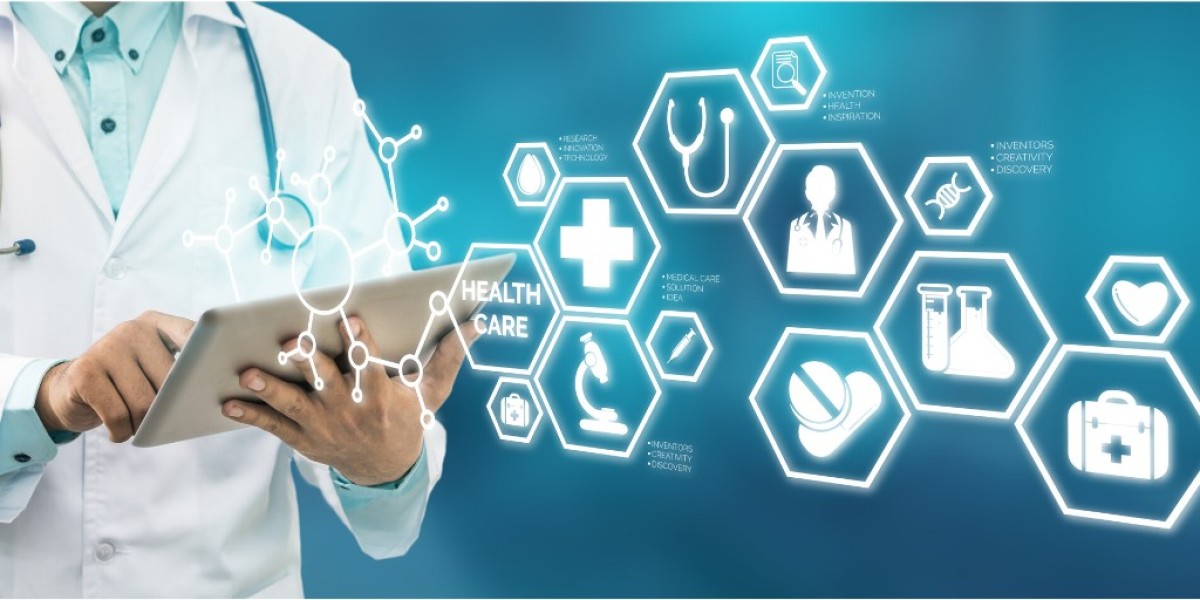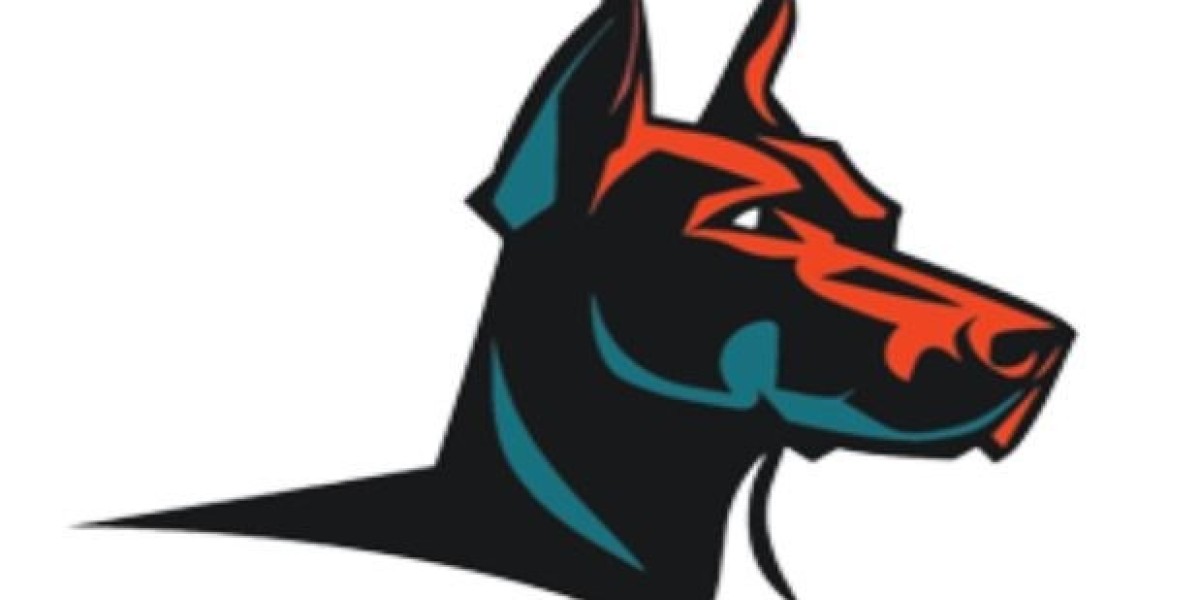In today’s complex healthcare landscape, understanding medical information and navigating healthcare systems is crucial for individuals and communities. However, a significant portion of the population struggles with healthcare literacy, which refers to the ability to access, comprehend, and utilize healthcare information effectively. To address this pressing issue, healthcare literacy scholarships are emerging as a powerful solution to bridge the gap between education and access to care.
The Importance of Healthcare Literacy
Healthcare literacy directly impacts an individual’s ability to make informed decisions about their health. Whether it’s understanding prescription instructions, managing chronic illnesses, or navigating insurance policies, healthcare literacy is vital for maintaining well-being. Poor healthcare literacy often leads to:
Increased medical errors.
Higher rates of hospitalization.
Poor health outcomes.
Greater financial burden due to mismanagement of medical conditions.
Addressing these challenges requires a multipronged approach, and scholarships focused on healthcare literacy play a pivotal role in empowering individuals with the necessary knowledge and skills.
Understanding Healthcare Literacy Scholarships
Healthcare literacy scholarships are financial aid programs designed to support students, professionals, and community members who aim to improve healthcare education and accessibility. These scholarships target various demographics, including:
Students pursuing degrees in public health, nursing, or healthcare education.
Healthcare professionals seeking additional training in patient communication.
Community leaders and educators dedicated to spreading health awareness.
By funding education and training, these scholarships help create a workforce better equipped to address healthcare literacy challenges.
How Financial Aid Helps Bridge the Gap
Financial aid for healthcare literacy initiatives is transformative in several ways. Here’s how these scholarships are making a difference:
Increasing Access to Education
Many individuals from underserved communities face financial barriers that prevent them from pursuing careers in healthcare education. Scholarships remove these barriers, allowing talented and passionate individuals to enter the field.Encouraging Specialization in Health Literacy
Traditional medical training often lacks a focus on healthcare literacy. Scholarships encourage specialization by funding programs that emphasize patient communication, cultural competence, and public health education.Empowering Community Leaders
Scholarships are often extended to community advocates who work directly with populations that need healthcare education the most. These leaders use their training to implement grassroots health literacy programs.Promoting Innovation in Health Education
Financial aid enables recipients to focus on developing innovative tools and methods to simplify healthcare information. From creating user-friendly educational materials to leveraging technology for better outreach, scholarship recipients are at the forefront of change.
Examples of Healthcare Literacy Scholarships
Various organizations and institutions have recognized the importance of healthcare literacy and offer scholarships to address this critical issue. Some notable examples include:
The Institute for Healthcare Advancement (IHA) Scholarships: These programs support professionals who aim to improve patient communication and education.
Public Health Foundation Scholarships: Funding for individuals pursuing careers in public health with a focus on health literacy.
University-Specific Programs: Many universities offer scholarships for students specializing in health communication or patient education.
Each of these programs demonstrates how targeted financial aid can create a ripple effect in improving healthcare systems.
The Role of Educational Institutions
Educational institutions play a critical role in advancing healthcare literacy through their scholarship programs. By integrating health literacy courses into their curricula and offering financial aid, universities can:
Equip students with the skills to communicate effectively with diverse populations.
Encourage research into health literacy practices and interventions.
Foster collaborations between students and healthcare organizations to address real-world challenges.
How to Apply for Healthcare Literacy Scholarships
For those interested in pursuing a healthcare literacy scholarship, here are some key steps:
Identify Relevant Scholarships
Research scholarships that align with your academic or professional goals. Look for programs that emphasize healthcare literacy, public health, or patient education.Prepare a Strong Application
Write a compelling personal statement highlighting your commitment to improving healthcare literacy.
Include relevant experience, such as volunteer work, internships, or research projects.
Obtain strong letters of recommendation from mentors or professionals in the field.
Demonstrate Impact
Articulate how the scholarship will help you make a difference in your community or field of study.Meet Deadlines
Stay organized and ensure you meet all application deadlines. Late submissions are often disqualified.
Measuring the Impact of Healthcare Literacy Scholarships
The success of healthcare literacy scholarships is measured by their ability to:
Improve patient outcomes through better communication and education.
Reduce healthcare costs by minimizing preventable medical errors and hospitalizations.
Empower individuals and communities with the knowledge to take control of their health.
Foster a more equitable healthcare system by addressing disparities in access and understanding.
The Future of Healthcare Literacy and Financial Aid
As the healthcare landscape continues to evolve, the importance of healthcare literacy will only grow. To meet the rising demand for education and accessibility, stakeholders—including governments, educational institutions, and healthcare organizations—must invest in scholarship programs that prioritize health literacy.
The integration of technology, such as digital health tools and online learning platforms, will further enhance the reach and effectiveness of these programs. By combining financial aid with innovative educational strategies, we can build a more informed and healthier society.
Conclusion
Bridging the gap in healthcare knowledge is a monumental task, but healthcare literacy scholarships offer a promising pathway to achieving this goal. By investing in education and empowering individuals to become advocates and educators, these scholarships address the root causes of healthcare literacy disparities. As we continue to prioritize financial aid for healthcare education, we move closer to a future where everyone has the tools to make informed decisions about their health, ultimately leading to better outcomes for all.









